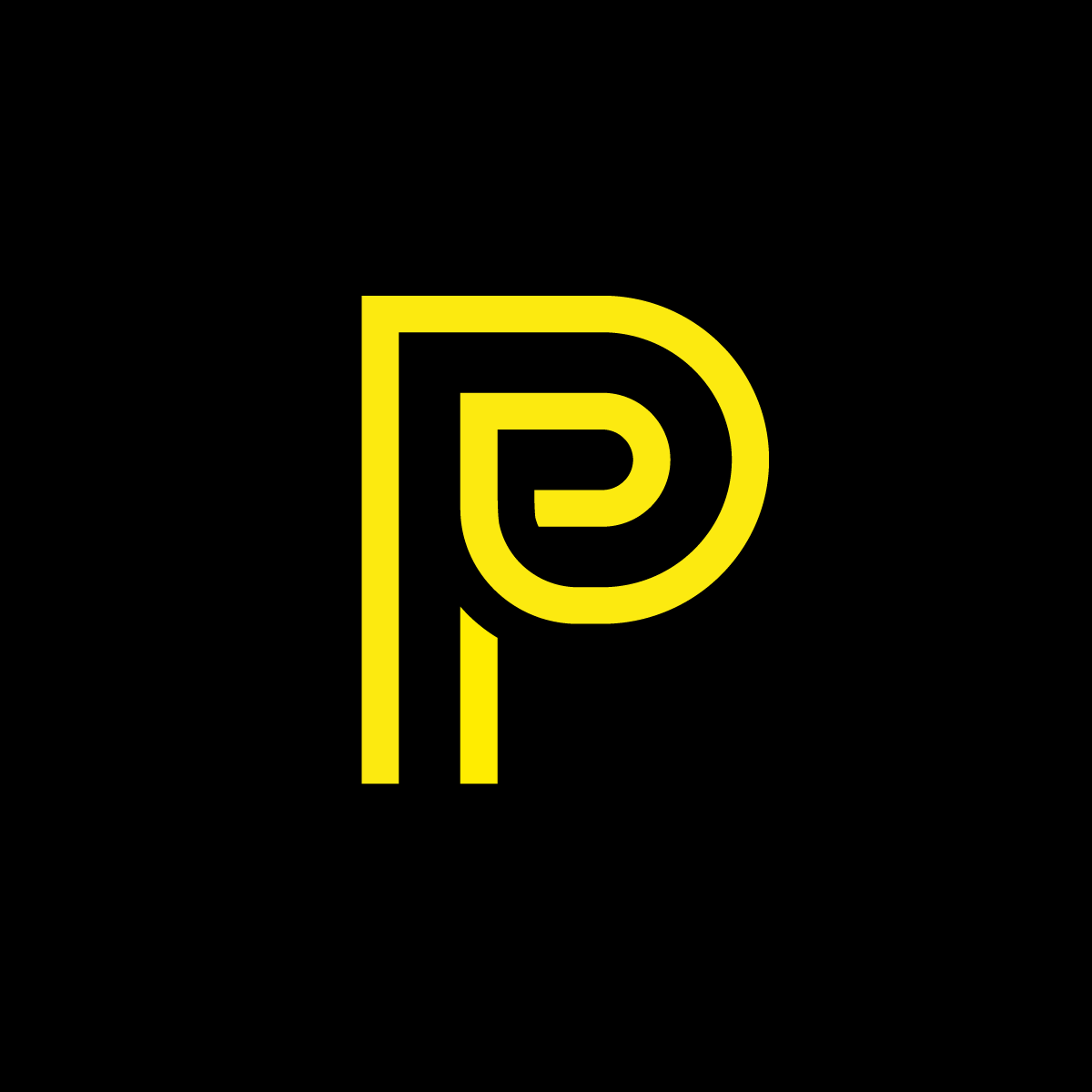Product manager vs project manager
While a product manager sets the vision, goals, and business trajectory of a product, a project manager leads the many projects to make those goals a reality
Product manager vs project manager
The product manager sets the vision for the product that needs to be built, gathers requirements, and prioritizes them. In contrast, the project manager acts upon this vision and ensures that it is executed on time and within budget. Complementary roles indeed, but distinct at the same time.
Product vs. Project
To iron out their differences, let’s start with defining the words product and project.
A product can be anything from a physical product to software or a service that satisfies the needs of a group of users. It goes through a life cycle, being developed and introduced on the market, grown in acceptance until it matures, and retired once it’s no longer needed.
A project is a one-at-a-time endeavor to create a product or service. It has a start and end date and a defined outcome. It usually goes through five stages – initiation, planning, execution, monitoring and control, and closure.
Now here’s the thing that sets them apart: the timeline. Unlike a project, a product is not a temporary endeavor. It evolves and adapts to the current user’s needs to prove its utility and avoid being retired. Hence, it can include several projects that aim to maintain, improve, or diversify it.
Let’s move forward and see how differences play out regarding their roles and responsibilities.
Project Manager
Project managers are change agents: they make project goals their own and use their skills and expertise to inspire a sense of shared purpose within the project team. They enjoy the organized adrenaline of new challenges and the responsibility of driving business results. A Project manager is someone who manages everything about a project. He or she manages the operations within a project — time, budget, delegation of tasks, scope creep, identification of risks and more. All in all, he or she is responsible for the successful delivery of the project within the decided budget and deadline.
Key responsibilities
Communication – besides planning and executing projects, Project managers also have the responsibility to communicate with senior management and other key decision-makers. They have to provide status reports, risk management issues and also get approvals of deliverables from the sponsors.
Risk and issue management — involves spotting early on and minimizing potential risks that might delay the project completion.
Planning and resource scheduling — the planning part refers to adding up tasks with a start and end date, assigning the necessary employees to them, setting up the initial time budgets, and preparing the project timeline through specific project management methodologies, like the Gantt Chart. The resource scheduling part, on the other hand, has to do with the daily management of task lists, materials, infrastructure, reports, and people to provide the project team with everything they need.
Scope management — perhaps the toughest activity of them all, it requires balancing the time-budget-quality trio to favourably modify the project scope and bring in line with the initial set outcome. For example, if the project timeline has been shortened, then more resources are required which in return increases the budget. Or, the scope needs to be modified to meet the quality agreed upon.
Leading – coordinating with the different levels of an organization to ensure the smooth execution of projects and motivating team members so that they can meet specific deadlines on time and within budget.
Product Manager
Product managers are typically found at companies that are building products or technology for customer or internal use. The product manager is often considered the CEO of their product and is responsible for the strategy, roadmap, and feature definition for that product or product line. It is their responsibility to understand the user needs, translate them into a design or MVP (Minimum Viable Product), and lead a development team to build the product and meet those needs. Product managers are also responsible for the profit and loss function of a product. That’s why they collaborate with the sales, marketing, customer success, and support teams to make sure that they nail the overall business goals, in terms of revenue, competitive advantage, and customer satisfaction.
Key responsibilities:
Product Strategy – is responsible for setting the product vision and strategy; focuses on internal needs: understanding customers’ needs, researching market, makes sure there are no bugs, decides where to go with the product, what changes introduce, etc.
Ideation – He takes care of generating, developing, and curating new ideas for the product. This involves typical tasks such as talking to users to gather requirements, identifying problems and opportunities for future product improvements. Features – product manager defines the features and requirements to deliver a complete product in the market.
Product Support – once the project is finished and a product is delivered to customers, a Product Manager still works on it and makes sure it meets customers’ expectations;
Product Roadmap – creating a roadmap and defining features and prioritizing development tickets
To Sum Up
The differences in a Project and Product Manager’s work appear to be insignificant but are crucial. Without drawing a boundary it may be easy to get lost in the duties. And what can follow are the wrong work outcomes and, in the result, wrong product delivery. This can bring losses to the company. But with the collaboration of a Project Manager and a Product Manager, the company may grow and become successful in its mission. As a nature of the role, project manager roles are often more transient and require the ability to scale up or scale down, which makes it perfect for freelance staff.


